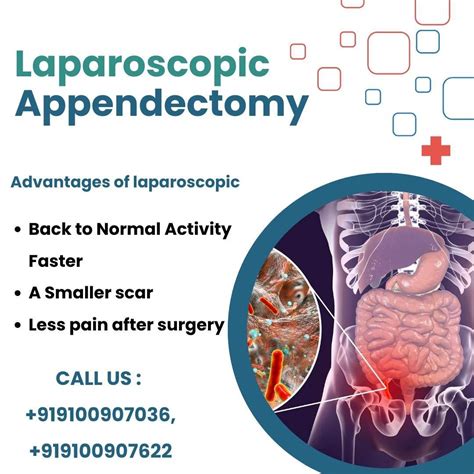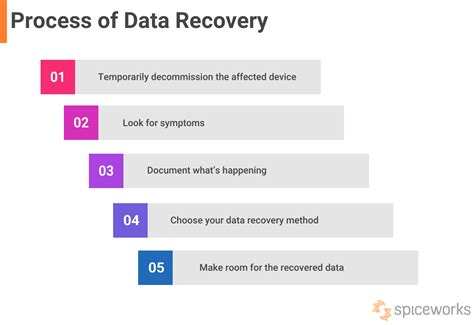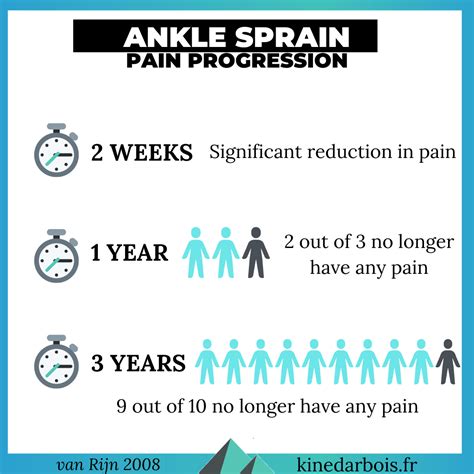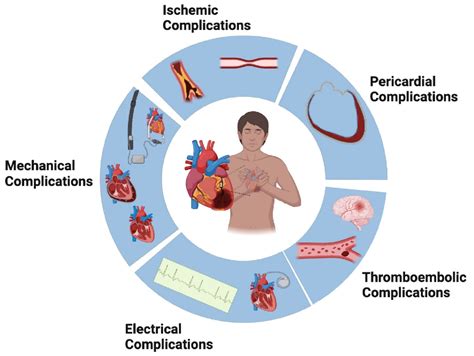Intro
Learn about appendicitis surgery recovery time, post-operative care, and complications. Discover the average healing time, lifestyle adjustments, and tips for a smooth recovery from laparoscopic appendectomy or open appendectomy surgery.
Appendicitis is a medical condition where the appendix, a small pouch attached to the large intestine, becomes inflamed and filled with bacteria. If left untreated, the appendix can rupture, leading to a life-threatening infection. The primary treatment for appendicitis is surgical removal of the appendix, known as an appendectomy. The recovery time for appendicitis surgery varies depending on the individual, the type of surgery, and the overall health of the patient.
The importance of understanding the recovery process for appendicitis surgery cannot be overstated. Patients who are informed about what to expect during the recovery period can better prepare themselves and their loved ones, reducing anxiety and stress. Moreover, knowing the typical recovery time and potential complications can help patients seek medical attention promptly if they experience any unusual symptoms. In this article, we will delve into the details of appendicitis surgery recovery, including the benefits, working mechanisms, steps, and key information related to the topic.
Appendicitis surgery is a common procedure, and most patients can expect to make a full recovery within a few weeks. However, the recovery process can be influenced by various factors, such as the patient's age, overall health, and the presence of any underlying medical conditions. For instance, older adults or individuals with chronic diseases may require a longer recovery period due to a weaker immune system. On the other hand, younger patients with no underlying health issues may recover more quickly.
Understanding Appendicitis Surgery

Benefits of Appendicitis Surgery
The benefits of appendicitis surgery are numerous. The primary advantage is the removal of the infected appendix, which prevents further complications and reduces the risk of death. Additionally, surgery can help alleviate symptoms such as abdominal pain, nausea, and vomiting. Furthermore, appendicitis surgery can be performed using minimally invasive techniques, which reduce the risk of complications and promote faster recovery.Recovery Process

Post-Operative Care
Post-operative care is crucial for a smooth and successful recovery. Patients are advised to rest, avoid heavy lifting, and follow a liquid diet for several days. The surgical site should be kept clean and dry to prevent infection. Patients should also follow the surgeon's instructions regarding medication, follow-up appointments, and wound care.Recovery Time

Factors Affecting Recovery Time
Several factors can affect the recovery time for appendicitis surgery. These include: * Age: Older adults may require a longer recovery period due to a weaker immune system. * Overall health: Patients with underlying medical conditions may require a longer recovery period. * Type of surgery: Laparoscopic surgery typically has a faster recovery time compared to open surgery. * Presence of complications: Patients who experience complications, such as infection or bowel obstruction, may require a longer recovery period.Complications and Risks

Minimizing Risks and Complications
To minimize the risks and complications associated with appendicitis surgery, patients should: * Follow the surgeon's instructions regarding post-operative care and medication. * Attend follow-up appointments to monitor the surgical site and overall health. * Seek medical attention promptly if any unusual symptoms occur.Practical Tips for Recovery

Returning to Normal Activities
Patients can typically return to normal activities within 2-6 weeks after surgery. However, it is essential to follow the surgeon's instructions regarding activity level and lifting. Patients should also avoid strenuous activities, such as heavy lifting or bending, to prevent complications.Conclusion and Next Steps

We invite you to share your experiences and ask questions in the comments section below. Your feedback and insights can help others who are going through a similar situation. Additionally, if you found this article informative and helpful, please share it with your social networks to spread awareness about appendicitis surgery and recovery.
What are the symptoms of appendicitis?
+The symptoms of appendicitis include abdominal pain, nausea, vomiting, fever, and loss of appetite.
How long does appendicitis surgery take?
+The length of appendicitis surgery varies depending on the type of surgery and the individual. Generally, the procedure takes 1-2 hours to complete.
Can I eat normally after appendicitis surgery?
+Patients are typically advised to follow a liquid diet for several days after surgery to prevent nausea and vomiting. A normal diet can be resumed gradually, usually within 1-2 weeks.
How long do I need to rest after appendicitis surgery?
+Patients are typically advised to rest and avoid heavy lifting for several weeks after surgery. The exact length of rest depends on the individual and the type of surgery.
Can I drive after appendicitis surgery?
+Patients are typically advised not to drive for several weeks after surgery, as the medication and surgical site may affect their ability to react and respond to situations.
